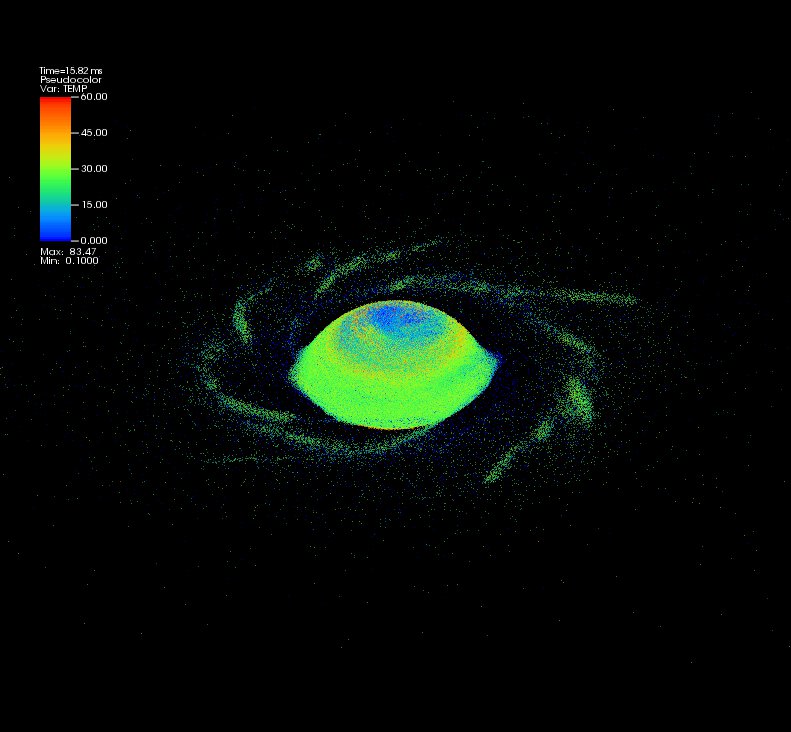11 Muster Mark's Quarks
第十一章 马斯特·马克的夸克
IN 1911, A British scientist named C. T. R. Wilson was studying cloud formations by tramping regularly to the summit of Ben Nevis,
1911年,一位名叫C.T.R.威尔逊的英国科学家经常爬到本尼维斯山顶去研究云层的构造。
a famously damp Scottish mountain, when it occurred to him that there must be an easier way to study clouds.
这座山位于苏格兰,以潮湿闻名。他突然想到,肯定还有一种比较简单的办法。
Back in the Cavendish Lab in Cambridge he built an artificial cloud chamber,
回到剑桥大学的卡文迪许实验室以后,他建起了一个人工云室,
a simple device in which he could cool and moisten the air, creating a reasonable model of a cloud in laboratory conditions.
一种简单的装置,他在里面可以冷却和湿润空气,在实验室现有的条件下创建一个说得过去的云层模型。
The device worked very well, but had an additional, unexpected benefit.
那个装置运转良好,而且还有个意料之外的好处。
When he accelerated an alpha particle through the chamber to seed his make-believe clouds,
当威尔逊使一个α粒子加速通过云室制造人工云团的时候,
it left a visible trail—like the contrails of a passing airliner.
它留下一条明显的轨迹──很像一架飞过的飞机留下的凝迹。
He had just invented the particle detector.
他刚刚发明了粒子探测仪,
It provided convincing evidence that subatomic particles did indeed exist.
提供了令人信服的证据,证明亚原子粒子确实存在。

Eventually two other Cavendish scientists invented a more powerful proton-beam device,
最后,卡文迪许实验室的另外两位科学家发明了功率更大的质子束装置,
while in California Ernest Lawrence at Berkeley produced his famous and impressive cyclotron,
欧内斯特·劳伦斯在加州大学伯克利分校造出了著名的回旋加速器,
or atom smasher, as such devices were long excitingly known.
或称原子粉碎器,这类设备在很长时间里就是这么称呼的。
All of these contraptions worked—and indeed still work—on more or less the same principle,
所有这些新发明的原理大体相同,无论是过去还是现在,
the idea being to accelerate a proton or other charged particle to an extremely high speed along a track (sometimes circular, sometimes linear),
即,将一个质子或别的带电粒子沿着一条轨道(有时是环形的,有时是直线的)加速到极快的速度,
then bang it into another particle and see what flies off.
然后砰地撞向另一粒子,看看撞飞了什么。
That's why they were called atom smashers.
所以,它被称之为原子粉碎器。
It wasn't science at its subtlest, but it was generally effective.
严格来说,这算不上是科学,但一般来说是很管用的。












